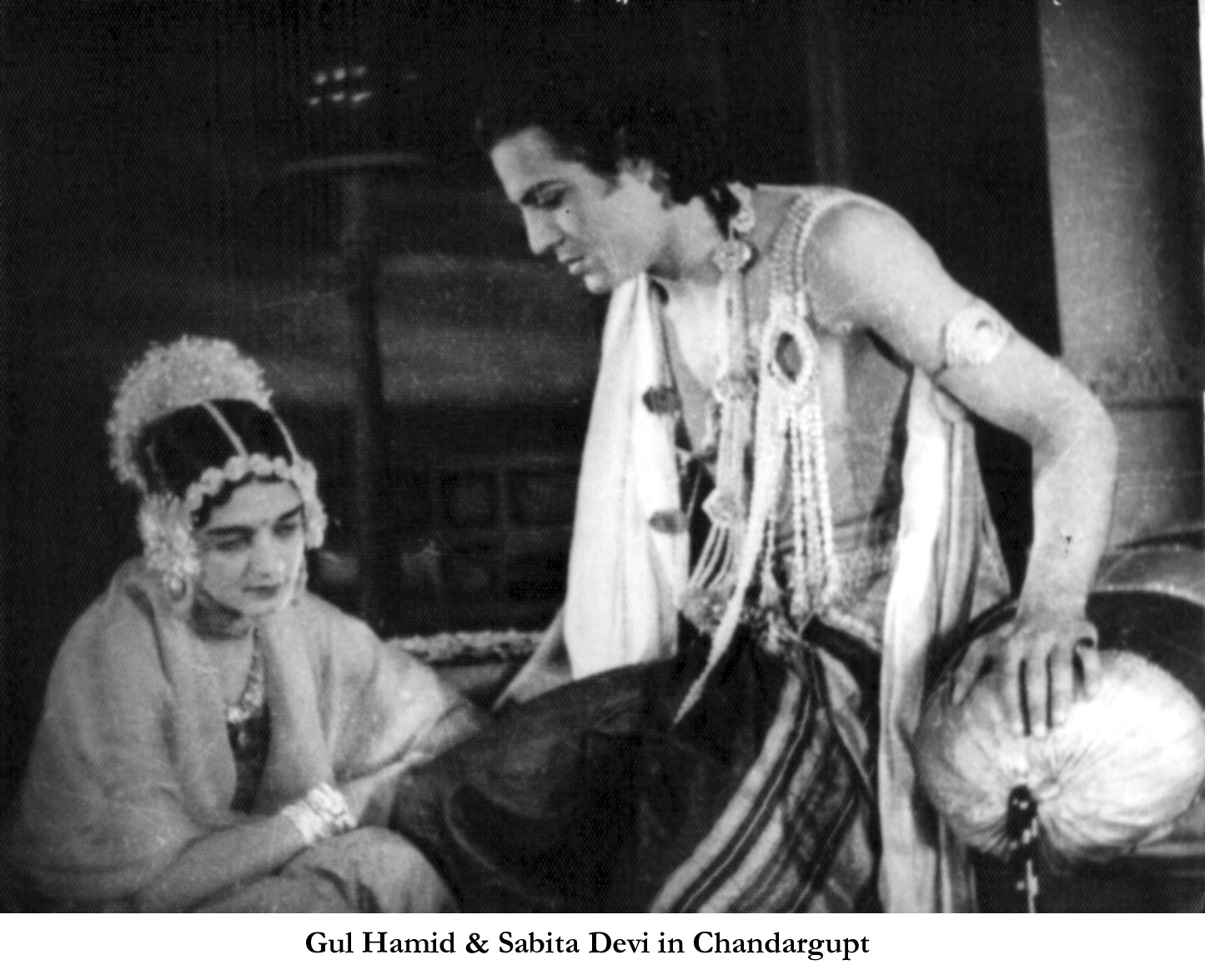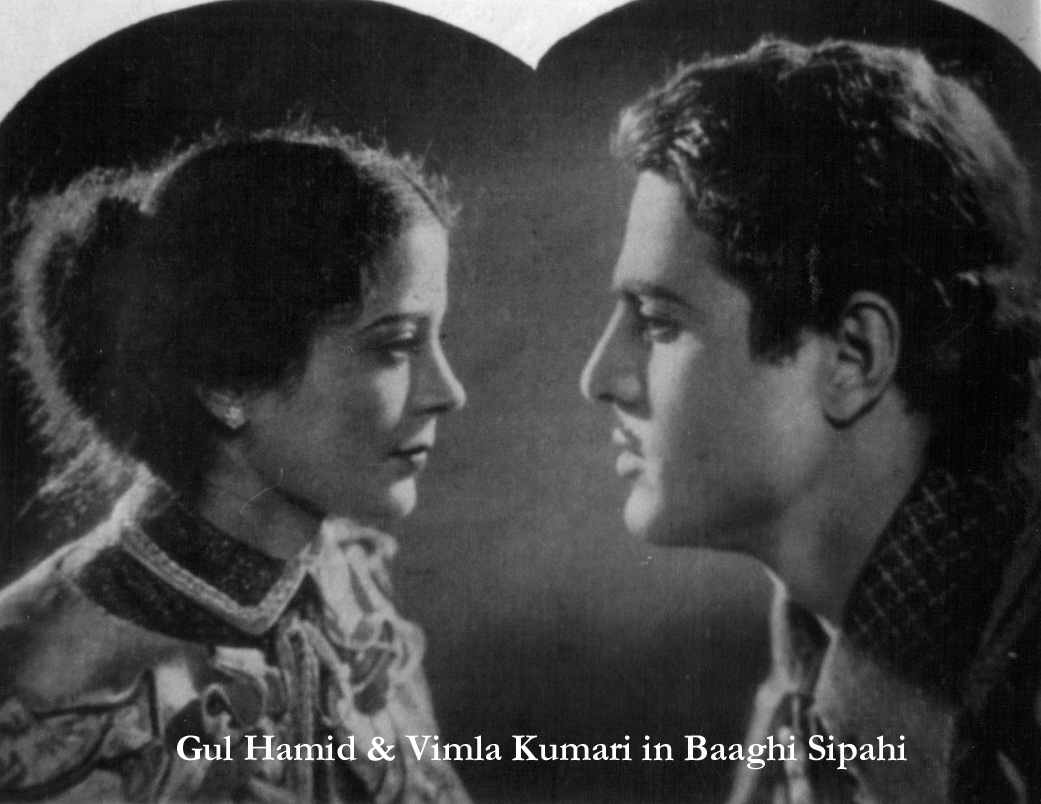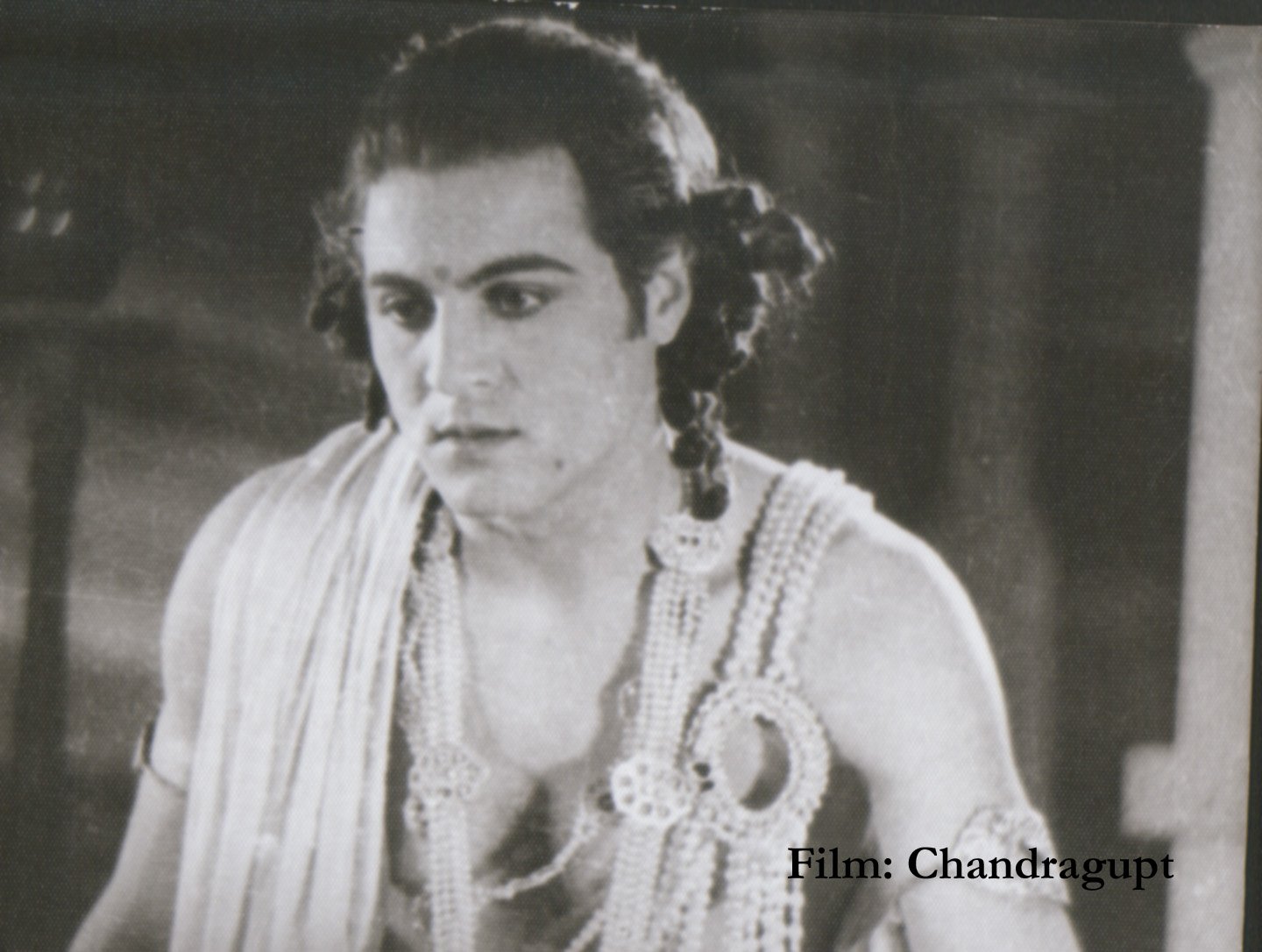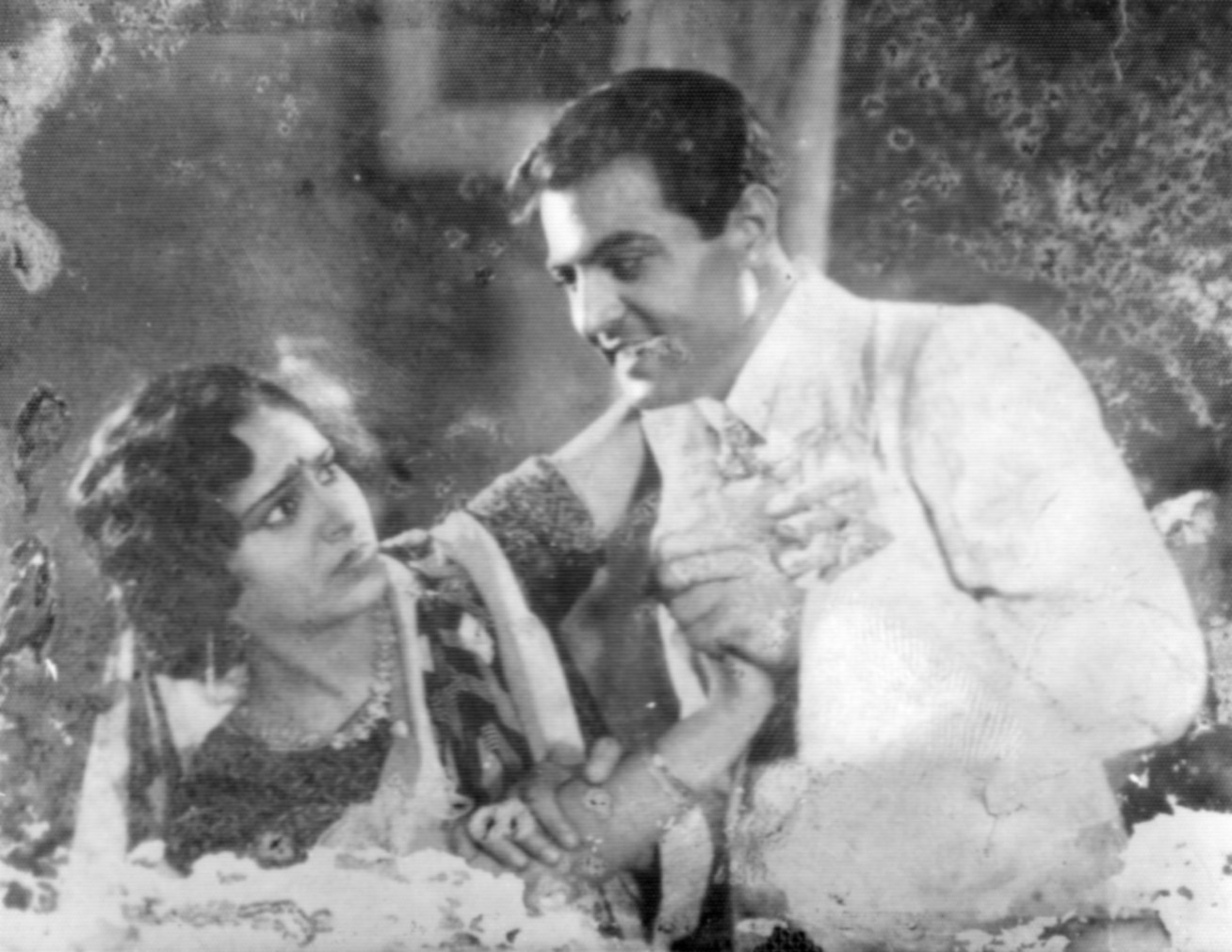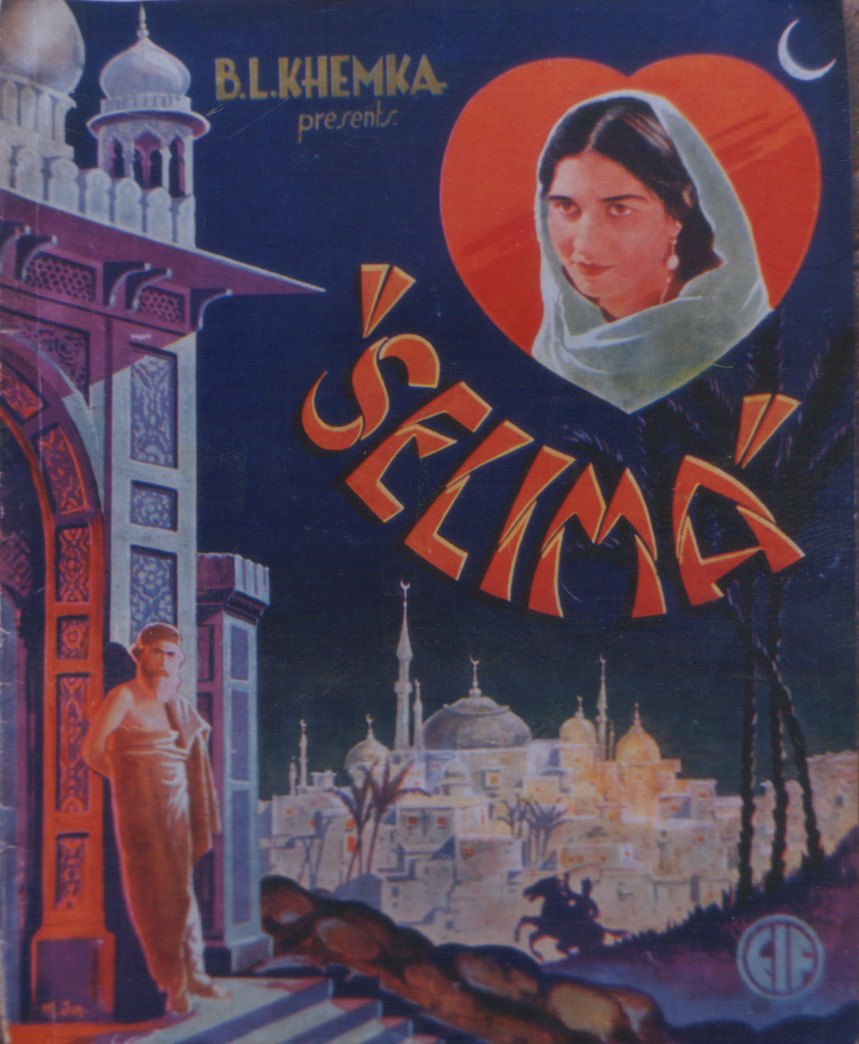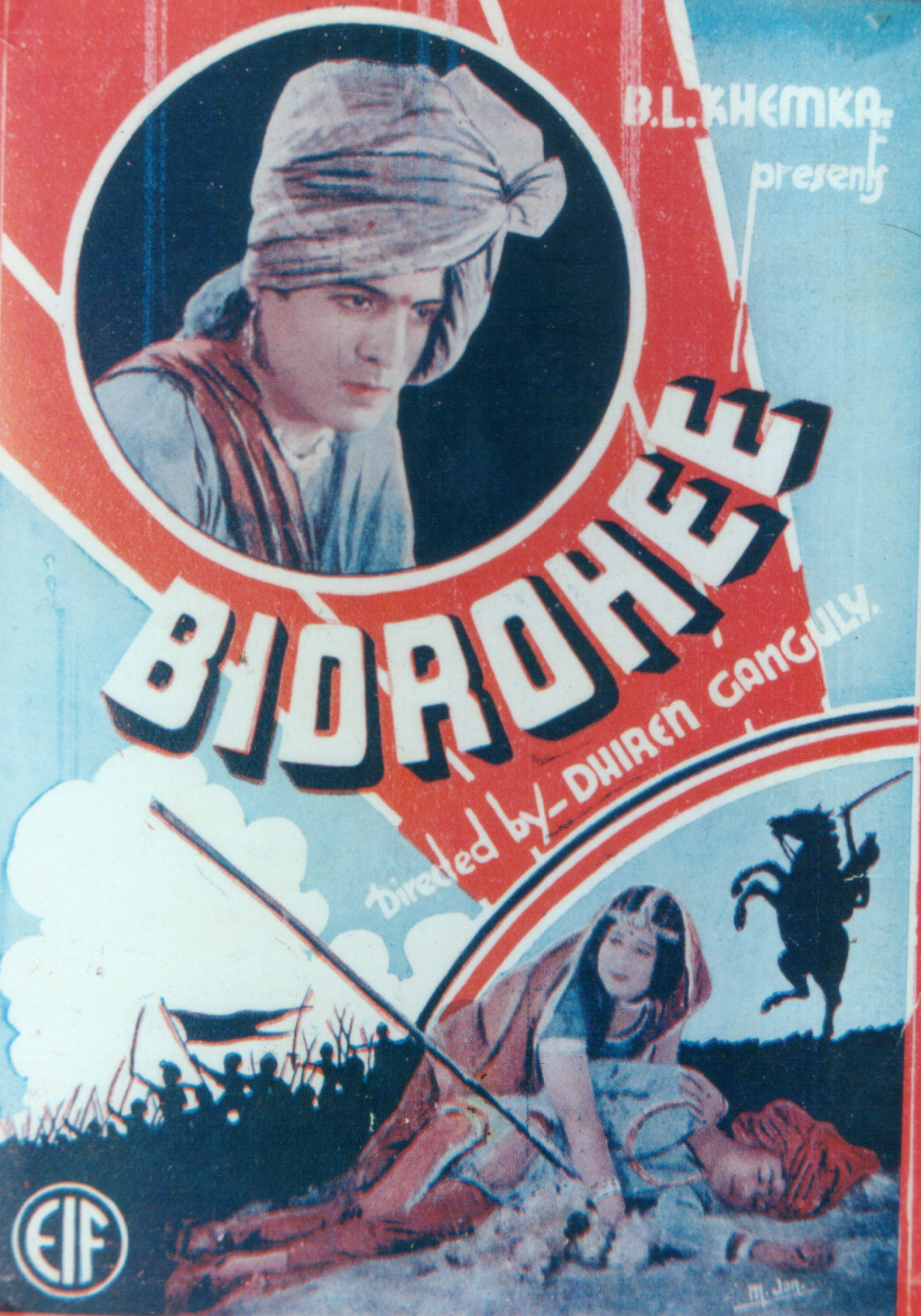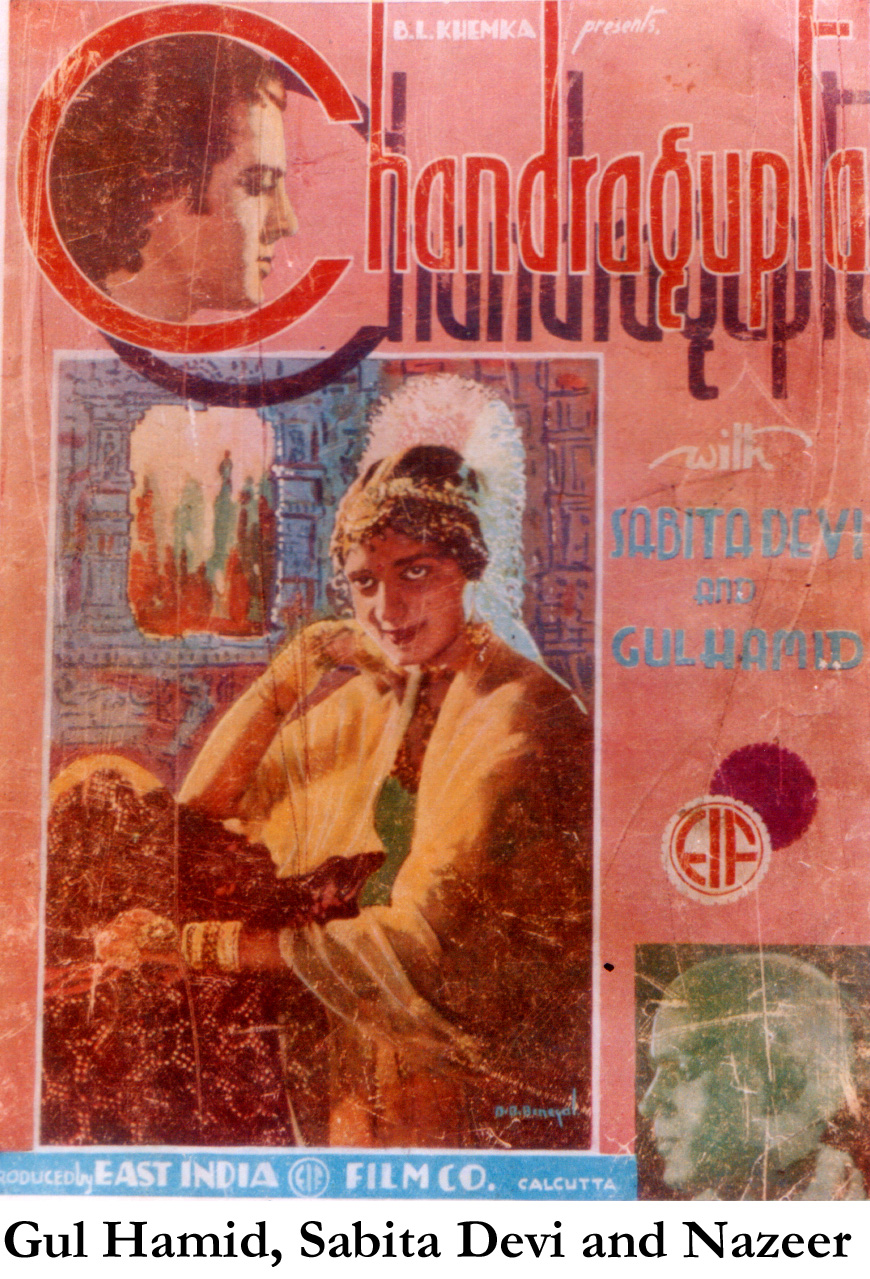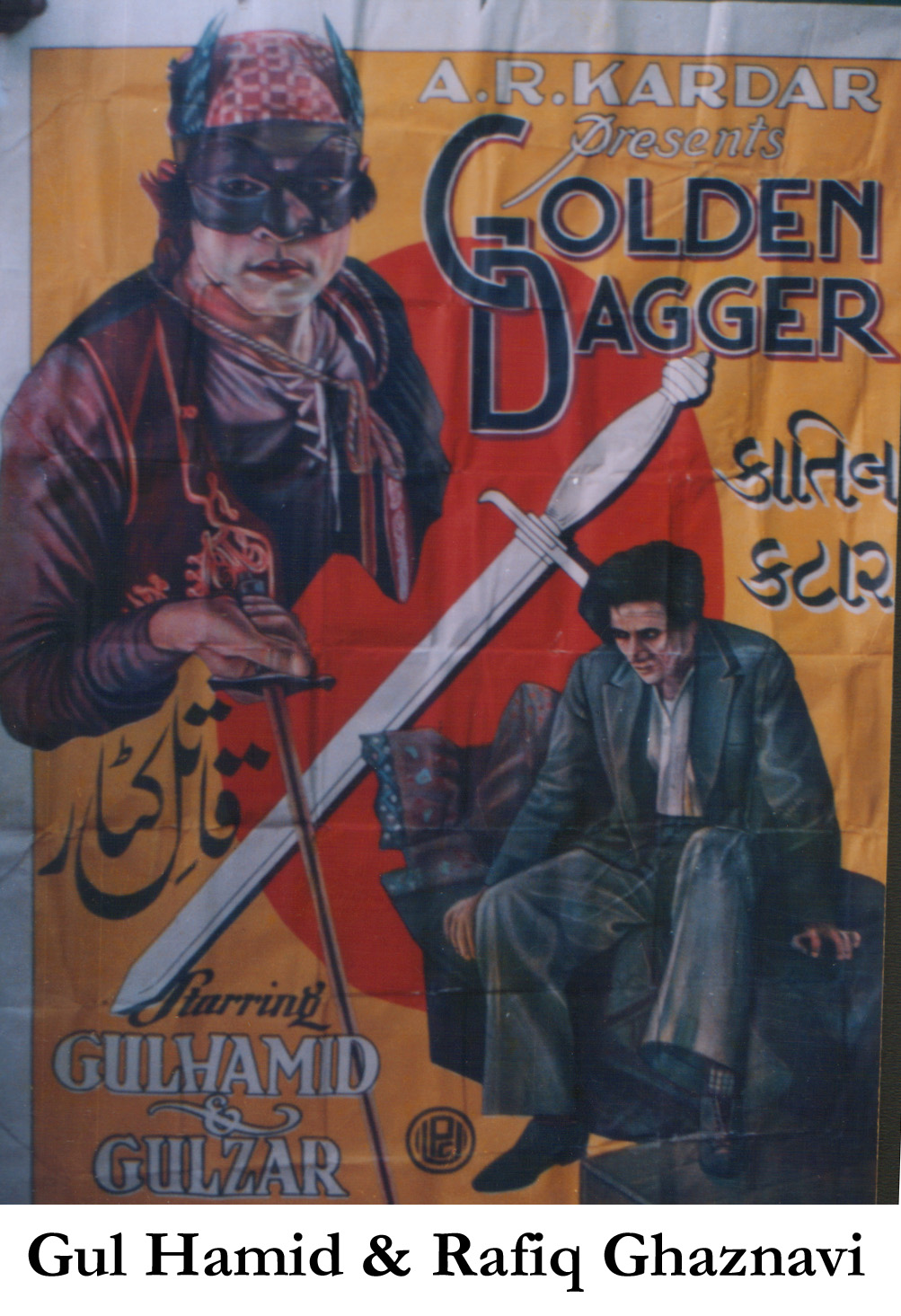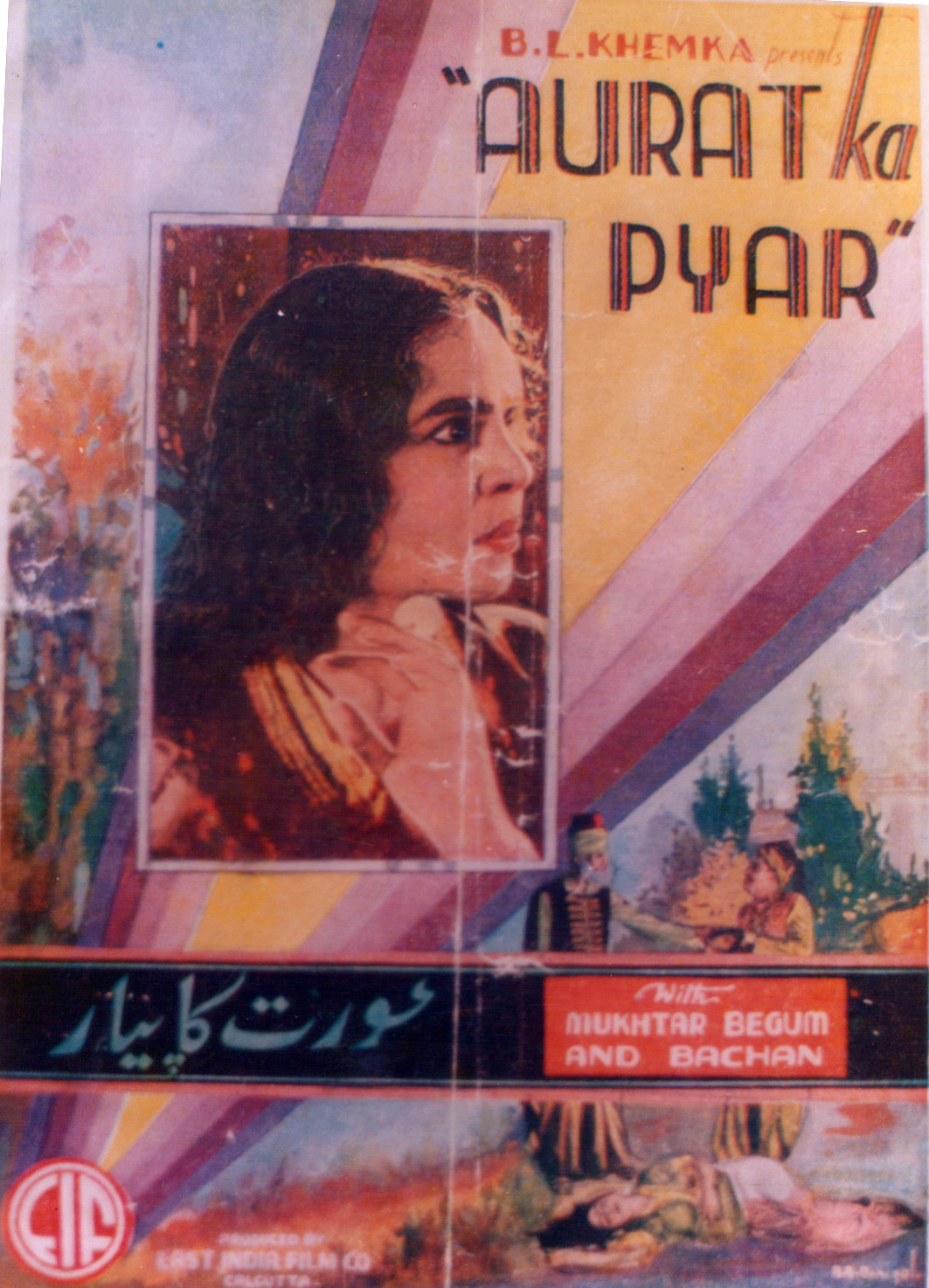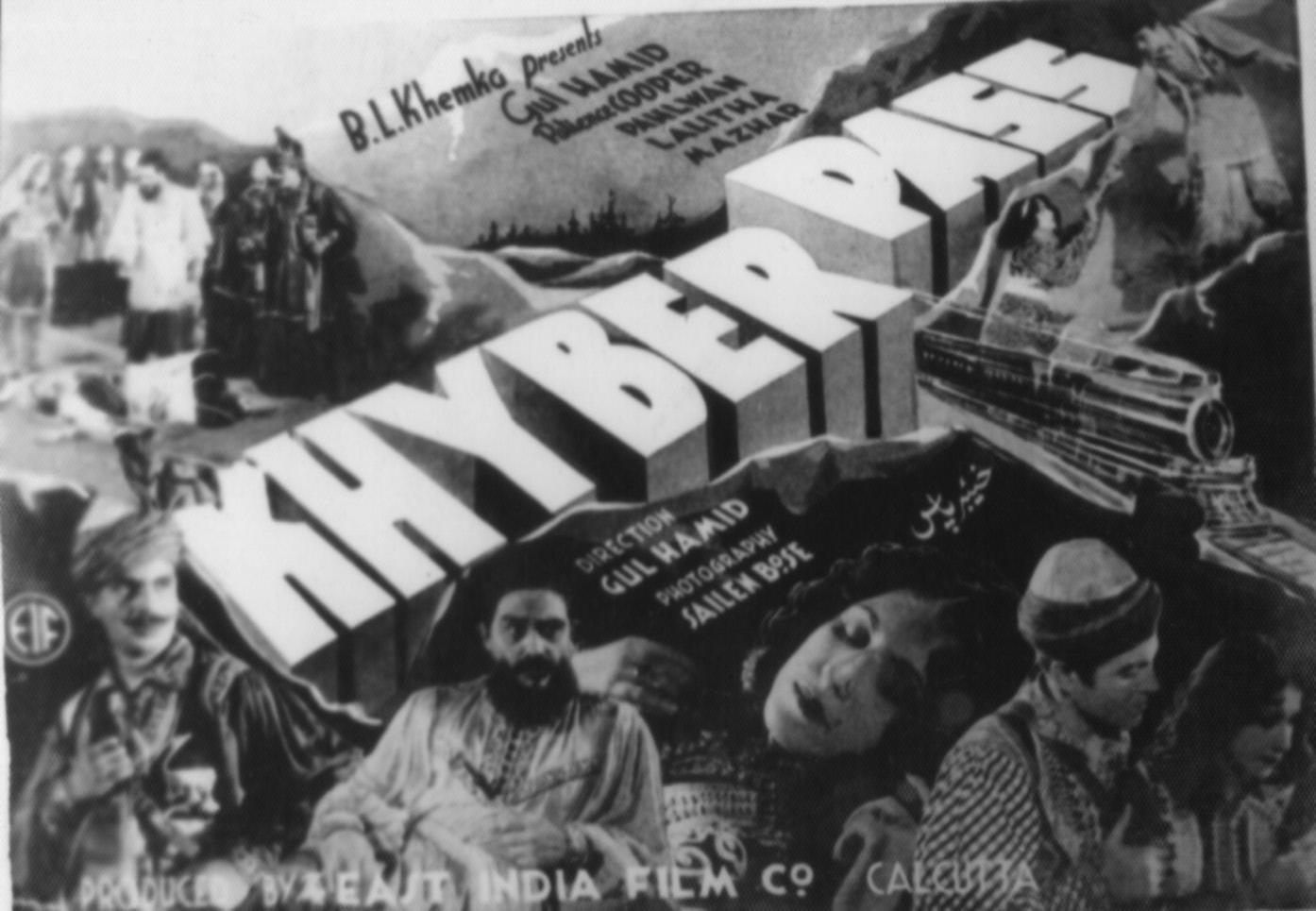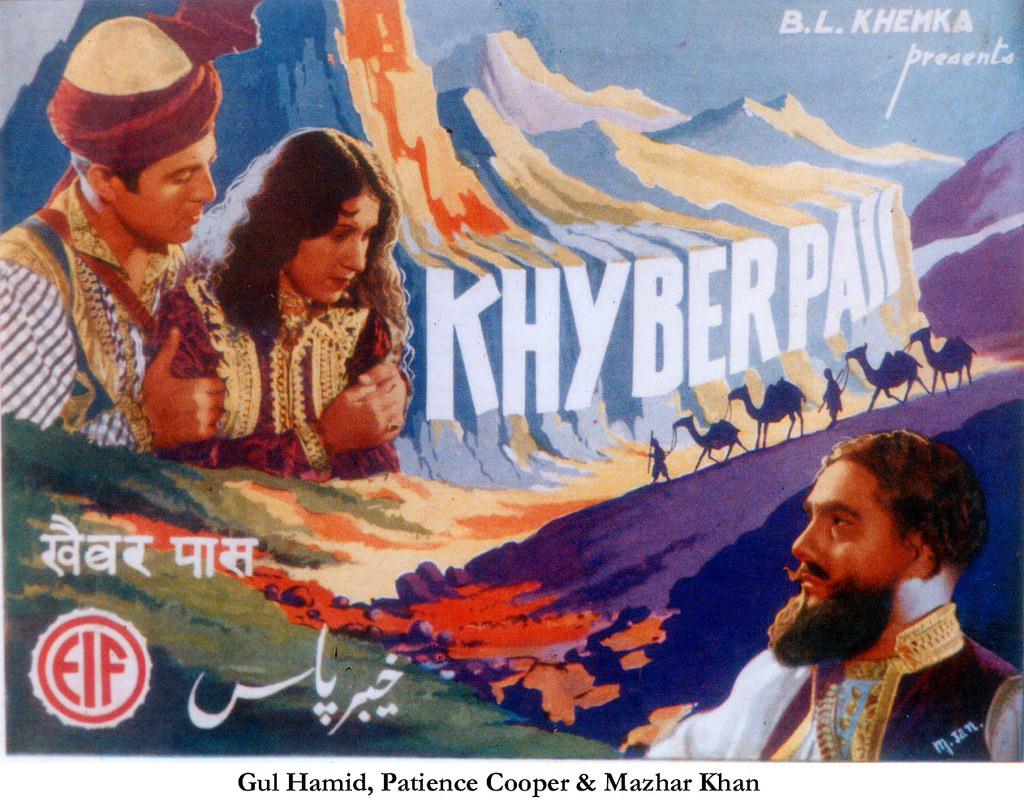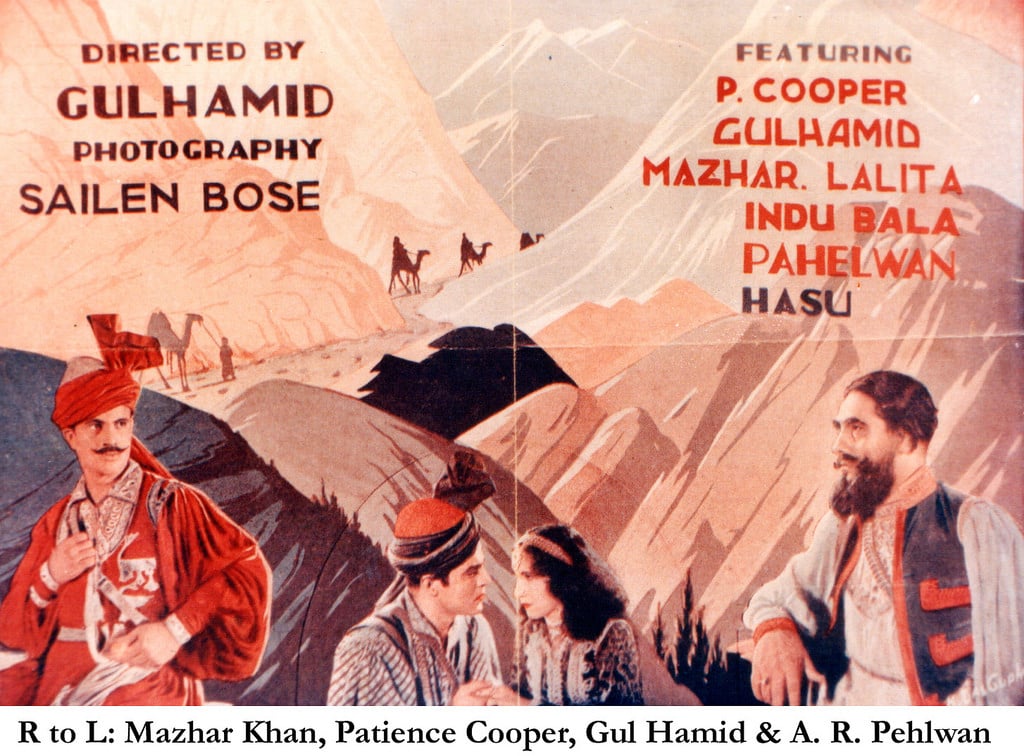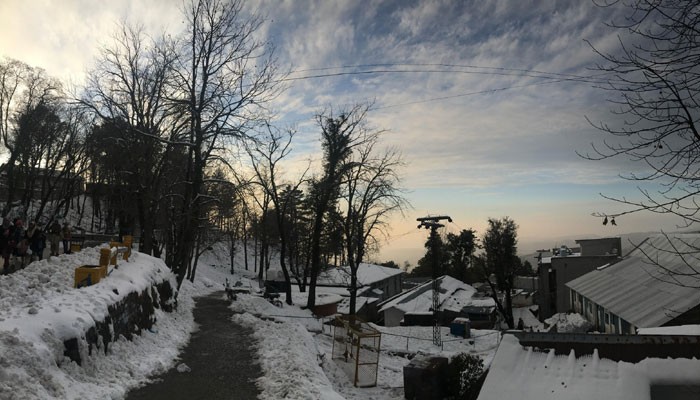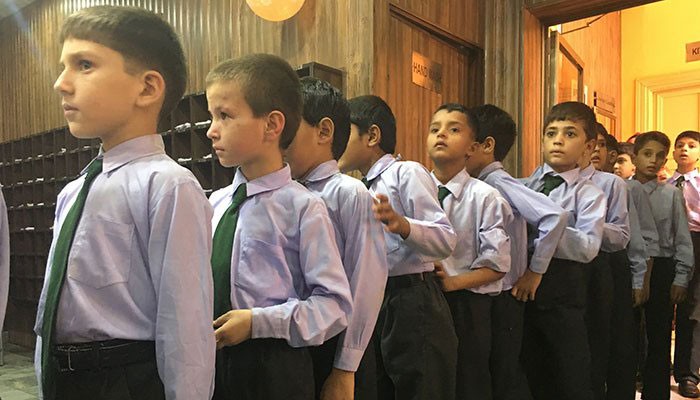The year was 1930. Gul Hamid, a young police officer from Peshawar, took a short break from work to watch a movie at a local theatre in Lahore. On his way out of the cinema, he met Abdul Rashid Kardar and struck up a conversation. Kardar was a film director. He instantly saw potential in the 25-year-old and convinced him to give acting a shot. Soon after the chance encounter, Hamid hung up his uniform and moved to Lahore.
That day Peshawar’s first movie star was born.
“His life changed forever,” says Wazir Muhammad Awan, a Peshawar-based researcher who has been studying the actor’s life for the last 30 years, “When he was posted in Lahore, for the All India Congress Annual Meeting, he frequented cinemas with his friends, unaware that his life was about to change.”
Peshawar has a reputation, as the city of stars. Bollywood legends like Dilip Kumar, the Kapoor family, Vinod Khanna, and Shah Rukh Khan, either were from the city or can trace their lineage back to it.
But Hamid was the first to make it to the silver screen.
Soon after his debut in Sarfarosh (1930), the actor rose as a prominent name in the silent films of United India. During his career, he acted in 19 movies.
Gul Hamid was born in 1910 in Pirpiai village in Nowshera, near the Kabul River. His father, Saif Ullah Khan, was a soldier in the British Army and had fought in the World War I. After finishing school, Hamid was unable to secure admission at the Islamia College, Peshawar. Disheartened, he joined the police force of the then-North West Frontier Province.
According to Ibrahim Zia, author of “Peshawar Kay Funkaar,” Hamid acted in seven silent movies, namely Safdar Jung, Brave Heart, Shepherd King, Mysterious Bandit, Golden Tiger, Wandering Dancer, and Sweet Heart.
In 1931 the Indian film industry experienced a revolution. Sound was used for the first time on the big screens. This didn’t work well for Hamid, who was quickly relegated to supporting roles. Desperate for more work he packed up again and moved to Calcutta.
“Unlike Lahore, Calcutta did not receive him warmly,” says Zia, “He was rejected in his very first audition and his heavy Pashto accent didn’t land him any roles.”
To improve his Urdu, Hamid took tuitions.But then by a stroke of luck, he was featured in the prestigious film magazine, “Variety.” The interview proved to be a catalyst. After that, he starred in ten movies as the protagonist.
Dr Ahmad Jamal, Hamid Gul’s nephew, says that his uncle, in those days, was very popular in his village. If he had to visit, he would do so quietly, because if his fans found out, they would throng the railway station for a glimpse of their favourite star.
In 1935, Gul Hamid wrote and starred in Khyber Pass, which was the first movie to be filmed in Peshawar.The actor’s career was cut short in 1936 after he was diagnosed with the Hodgkin’s disease. Bedridden, he returned to Pirpai, where he succumbed to the disease. The police officer man who made history is today buried in a graveyard near Aman Ghar Bridge in Nowshera.



